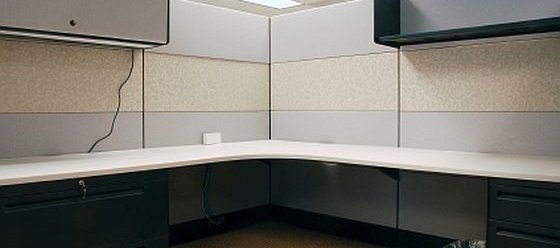Indiana Code 22-4-11.5-8. Transfers solely to obtain lower employer contribution rate
(1) may not assume the experience account balance of the predecessor employer for the resources and liabilities of the predecessor employer’s experience account that are attributable to the acquisition; and
Terms Used In Indiana Code 22-4-11.5-8
- administrative law judge: means a person employed by the commissioner under IC 22-4-17-4. See Indiana Code 22-4-11.5-2
- Liabilities: The aggregate of all debts and other legal obligations of a particular person or legal entity.
- person: has the meaning set forth in section 7701(a)(1) of the Internal Revenue Code. See Indiana Code 22-4-11.5-3
- Pleadings: Written statements of the parties in a civil case of their positions. In the federal courts, the principal pleadings are the complaint and the answer.
- trade or business: includes an employer's workforce. See Indiana Code 22-4-11.5-4
(b) In determining whether an employing unit or other person acquired a trade or business solely or primarily for the purpose of obtaining a lower employer contribution rate under subsection (a), the department shall consider the following factors:
(1) The cost of acquiring the trade or business.
(2) Whether the employing unit or other person continued the business enterprise of the acquired trade or business, including whether the predecessor employer is no longer performing the same trade or business and the trade or business is performed by the employing unit to whom the workforce is transferred. An employing unit is considered to continue the business enterprise if any one (1) of the following applies:
(A) The predecessor employer and the employing unit are corporations that are members of a “controlled group of corporations”, as defined in Section 1563 of the Internal Revenue Code (generally parent-subsidiary or brother-sister controlled groups), or would be members if Section 1563(a)(4) and 1563(b) of the Internal Revenue Code did not apply and if the phrase “more than fifty percent (50%)” were substituted for the phrase “at least eighty percent (80%)” wherever it appears in Section 1563(a) of the Internal Revenue Code.
(B) The predecessor employer and the employing unit are entities that are part of an affiliated group, as defined in Section 1504 of the Internal Revenue Code, except that the ownership percentage in Section 1504(a)(2) of the Internal Revenue Code shall be determined using fifty percent (50%) instead of eighty percent (80%).
(C) A predecessor employer and an employing unit are entities that do not issue stock, either fifty percent (50%) or more of the members of one (1) entity’s board of directors (or other governing body) are members of the other entity’s board of directors (or other governing body), or the holders of fifty percent (50%) or more of the voting power to select these members are concurrently the holders of fifty percent (50%) or more of that power with respect to the other entity.
(D) Fifty percent (50%) or more of one (1) entity’s officers are concurrently officers of the other entity.
(E) Thirty percent (30%) or more of one (1) entity’s employees are concurrently employees of the other entity.
(3) The length of time the employing unit or other person continued the business enterprise of the acquired trade or business.
(4) Whether a substantial number of new employees were hired to perform duties unrelated to the business enterprise that the trade or business conducted before the trade or business was acquired.
(5) Whether the predecessor employer and the employing unit are united by factors of control, operation, or use.
(6) Whether a new employing unit is being created solely to obtain a lower contribution rate.
(c) Any written determination made by the department is conclusive and binding on the employing unit or other person, unless the employing unit or other person files a written protest with the department setting forth all reasons for the protest. A protest under this section must be filed not later than fifteen (15) days after the date the department sends the initial determination to the employing unit or other person. The protest shall be heard and determined under this section and IC 22-4-32-1 through IC 22-4-32-15. The department and the employing unit or other person shall be parties to the hearing before the liability administrative law judge and are entitled to receive copies of all pleadings and the decision.
As added by P.L.98-2005, SEC.9. Amended by P.L.108-2006, SEC.19; P.L.175-2009, SEC.16.
